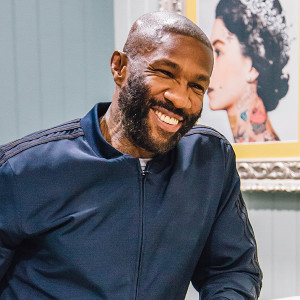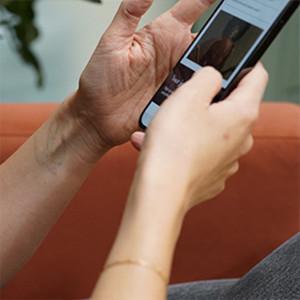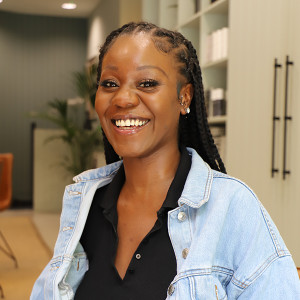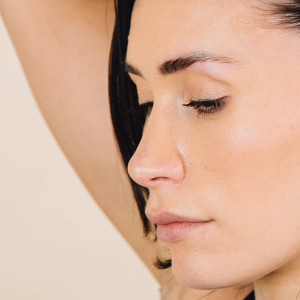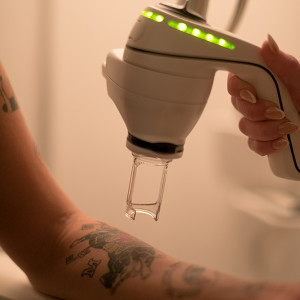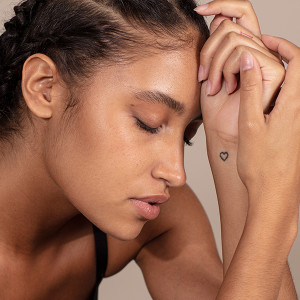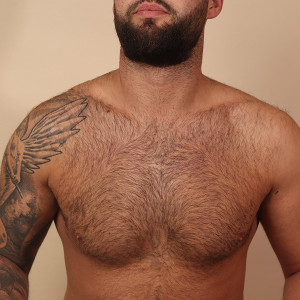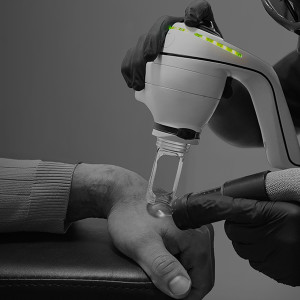NAAMA interviews Charlotte Dann on tattoos, motherhood, and negative stereotypes
Tattoo trends in 2023 are influenced by the past, whether that’s simply through the recycling of 00’s style trends or looking further back to how society has constructed the idea of what tattoos mean for different genders. Charlotte Dann is a Senior Lecturer in Psychology at the University of Northampton. Her research unpicks all of this, looking at how women with tattoos have been represented in film, literature, in the wider media, and online. We sat down with Charlotte as experts in laser tattoo removal to find out more about the culture from which we come, and draw so much inspiration from today. There are some uncomfortable truths to be told about tattoo style and culture, not that Charlotte steers clear of any awkward tattoo interview questions. Together we discussed:
Who still uses the phrase tramp stamp tattoo?
What does the media think of tattooed mothers?
Who decides what tattoo styles and trends are deemed acceptable?
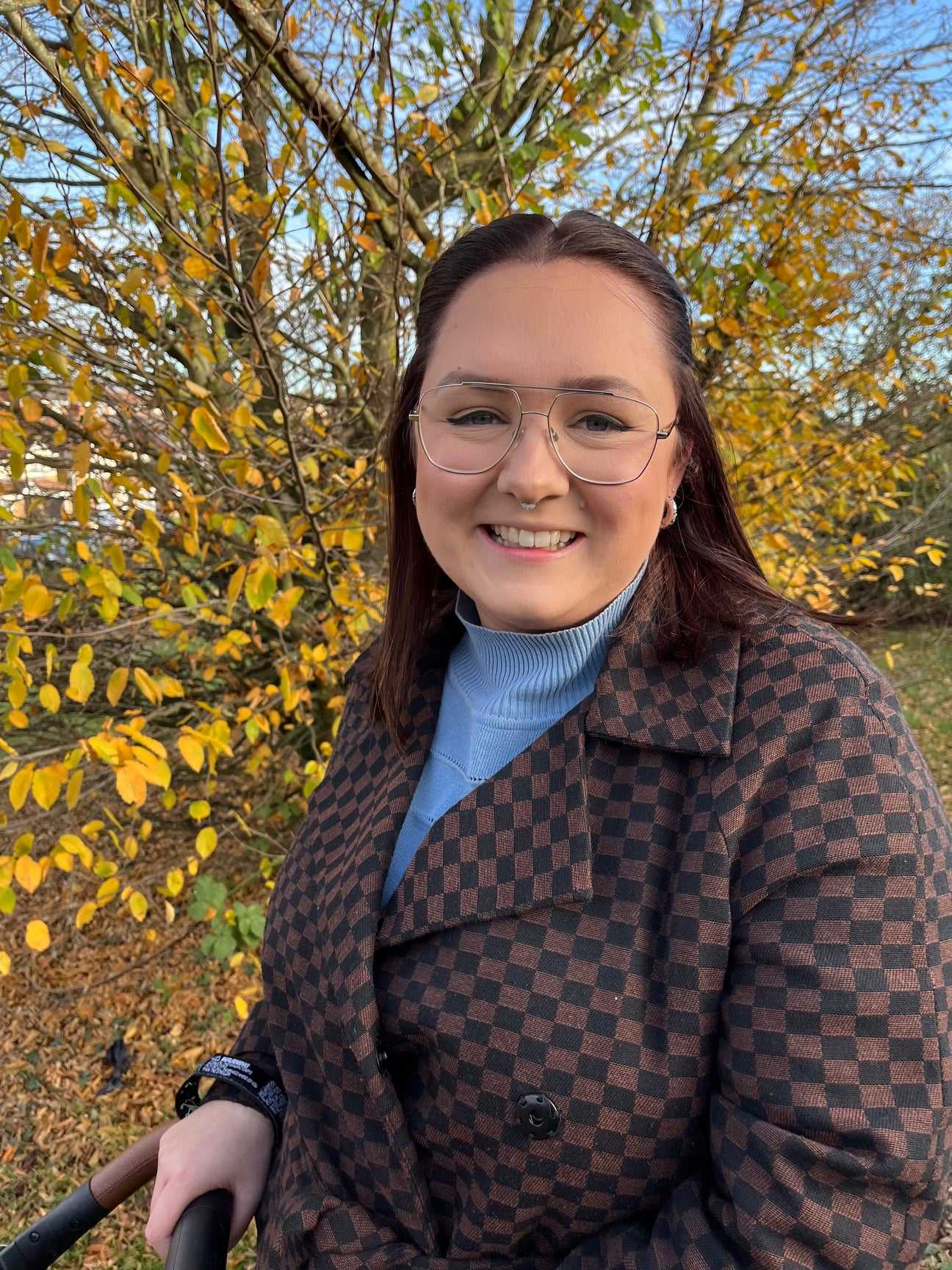
Publish Date in article
An example of unhealthy discourse:
“If you're a mum, you're a mum first and you're whatever identity second, so you shouldn't be spending your money on frivolous things, like tattoos.”

NAAMA: Would you tell us a bit about your research into how tattoos are represented in literature and film?
When I was on maternity leave last year the media person at our university contacted me and asked if while I’m on leave and not doing much other than, you know, surviving, I’d like to watch a few films and talk about tattoos?
The Girl with the Dragon Tattoo was on the list, of course, as well as a few films predominantly with women who were tattooed - because my research focuses on women. And it's so funny - well it's not - it's just not surprising to me anymore: the representation is always similar.The tattoos are born out of trauma and are about reclaiming the body. Which is great, there’s nothing wrong with that.
But it's always about trauma, and for men especially, there are pervasive stereotypes around sailors or criminals and for women, prostitutes.
If you look back at older literature, it's all very negative, and the tattoos are all there to serve the purpose of healing. But people don't just have a tattoo because they like it. Because that's boring. It doesn't do anything for the story, right?
NAAMA: A feature of academic debate that you discovered from your research is that in the past, the content of a tattoo itself has not been considered, but rather, the simple fact that the person is tattooed. Judgements have then been made on this basis about a range of supposed qualities and characteristics.
The one thing that was prevalent in the research literature at the time when I started my PhD a decade ago now, was that there was nothing that focused on imagery, which I found really shocking.
Someone having a symbol that's racially motivated is very different from someone that rocks up with a little bird. And there was no dissection of that imagery in the academic literature. It was almost like a decade ago, the conversation was still very much about whether you're tattooed or not.
And if you are then you are this kind of person, you know, and judgments were made on that basis.
Whereas now, I think there is more nuance about what people have tattoos of and it's not just about the meaning, but about the imagery too.
"MY LITTLE GIRL HAS GOT OLDER, SHE'S STARTED ASKING, WHAT IS IT?" - JAMIE, A PARENT WHO CAME TO NAAMA TO REMOVE A FACE TATTOO.
NAAMA: Another important aspect of your work is about who exactly gets to sport a tattoo. You write about the expectations of mothers and the absolutely obscene moral panic over their “feckless” spending on tattoos. When I did my research I wasn't a mum. And being a mum now, and being more heavily tattooed than I was, I see some of the themes that the women that I spoke to back then mentioned. You've got this whole discourse, especially in the UK, about motherhood and parenting. If you're a mum, you're a mum first and you're whatever identity second, so you shouldn't be spending your money on frivolous things, like tattoos. I remember distinctly teaching about this quite a few years ago. I gave some examples in my class, just to start the discussion, really. So there’s a tattooed doctor, because that always gets everyone talking. And then a very heavily tattooed mum holding a baby. Then I said to the students go as stereotypical as you want. And it was always brought up that it looks as though the mother has spent more money on herself than on her child. And you're only looking at an image, you're getting nothing about the context. It just shows how strong that discourse is around the expectations of mothers. NAAMA: As well as these idealised depictions of motherhood, you have also looked at how the media has sexualised tattooed women. The women that I spoke to in my research never referred to themselves in a very sexualised way, so it just didn't come up. But online it does. There was a website I used to teach about - Suicide Girls - that was kind of pinned at the time it first emerged as the alternative to page three. It fed into that very sexualised view that we have of women that I feel is so outdated now, but it's absolutely still there when you look for it online, especially in relation to tattoos. That kind of imagery has not shifted in the last decade or so. NAAMA: And it’s still there in the bad language that media outlets use about women. I’d not heard tramp stamp for such a long time, at least unironically, and to see it used in a media article that I Tweeted about recently shows how pervasive the term is. There is no male equivalent. And there’s no real other body part for women that gets discussed in this way, I’ve asked in class if people can think of others. We had the flank skank for a while. But it never really took off in the way that the tramp stamp did. That part of the body is still associated with promiscuity.
